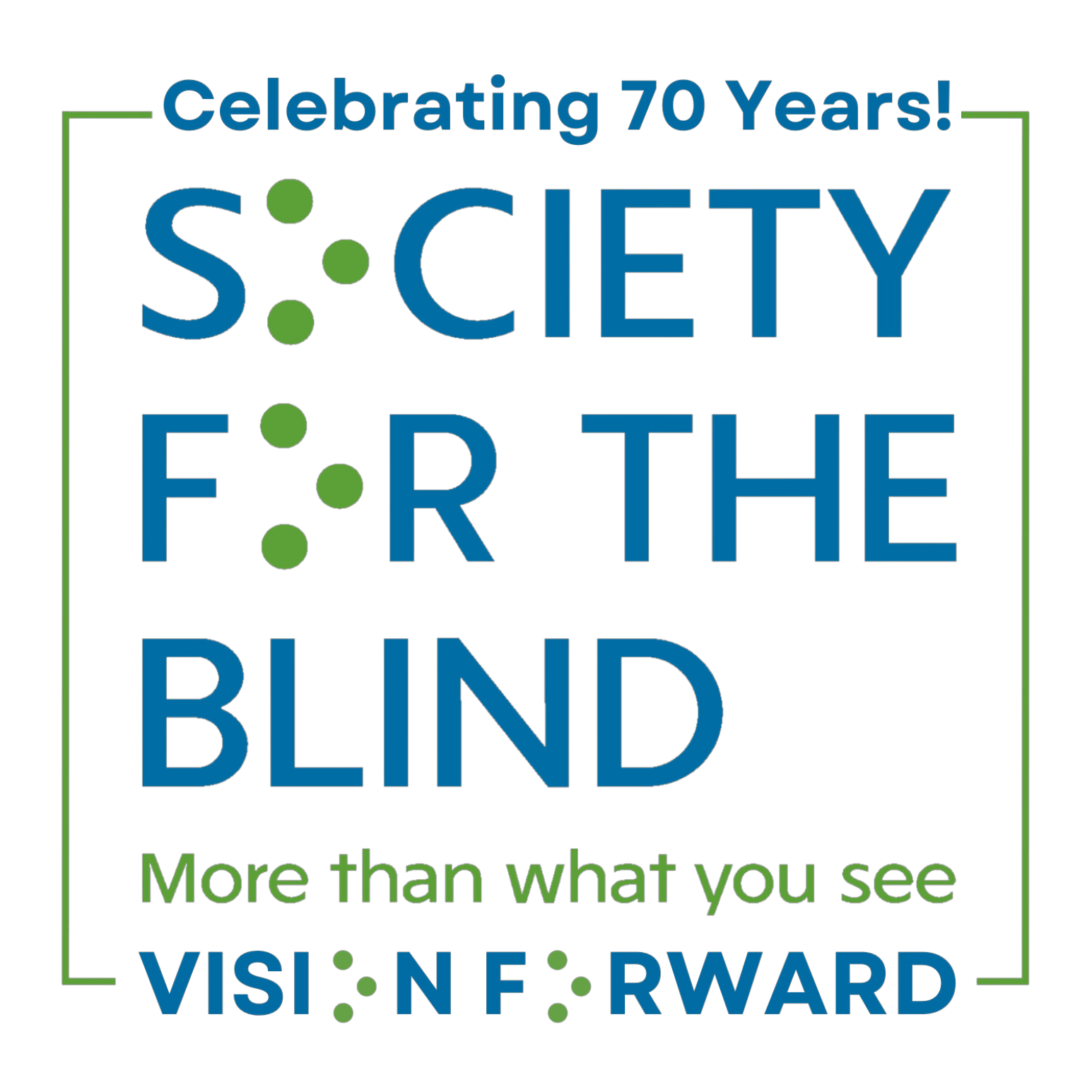October is Blindness Awareness Month
Highlighting the Achievements and Possibilities of People who are Blind
Before coming to Society for the Blind six years ago, I had little experience with or awareness of people with vision loss. That all changed on October 1, 2012, when I met the staff of Society for the Blind, more than half of whom are blind. They showed me what is possible with training, perseverance and a little bit of moxie.
Besides professional educators in the core blindness skills fields of Braille, adaptive technology, independent living skills, and orientation and mobility, Society’s staff includes U.S. Paralympians, musicians, attorneys and computer coding experts.
In fact, Society for the Blind kicked off our participation in the Anthem Foundation/USABA National Fitness Challenge last week. This is an eight-month program to encourage people with vision loss to participate in recreational and leisure activities. We have 25 participants set up with Fitbits who are ready to get out and get active. The challenge promotes healthy activities and an active lifestyle. Society will be offering weekly yoga classes, walking groups and other sports and recreational activities. Please visit our website calendar for upcoming activities.
We kicked off this challenge during October, which is Blindness Awareness Month. This month, instead of asking “What can a blind person do?” we instead ask “What can’t a blind person do?” Thanks to the iPhone and myriad other assistive technologies, today, people with vision loss can achieve most anything they set their mind to doing. Yet a simple white cane remains a key tool for mobility and independence. For those of us who are sighted, we may not realize just how independent someone can be with this tool, causing us to actually put blind people at risk by trying to help. This month features White Cane Safety Day, so following is some guidance that people who are blind shared:
Remember that we can safely and independently navigate and explore the environment. There’s no need to shout warnings or try to physically steer us so that our canes won’t ‘bump’ into things. Remember that the cane is just an extension of our sense of touch. We are usually not lost, even if it looks that way to you; we may simply be exploring to learn what is around us. Feel free to greet us and say hello. If we do need any help or direction from you, we will ask; if not, we will just politely greet you in return.
Here’s to the endless possibilities for people with vision loss!
